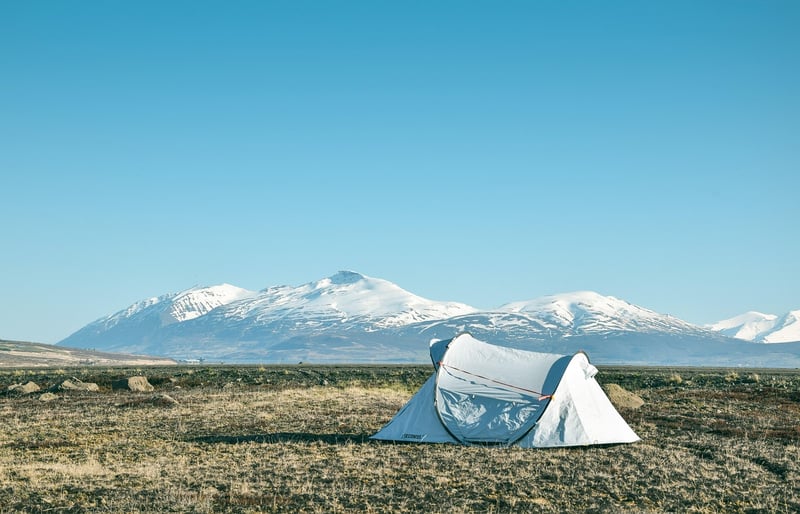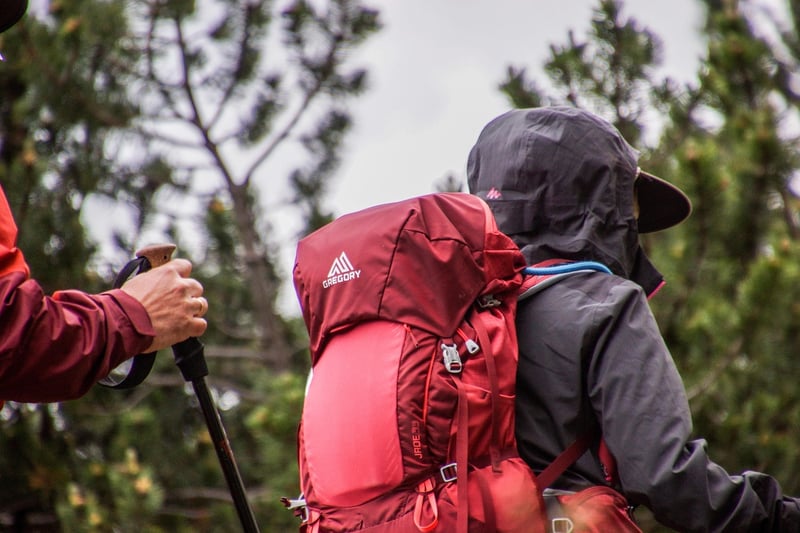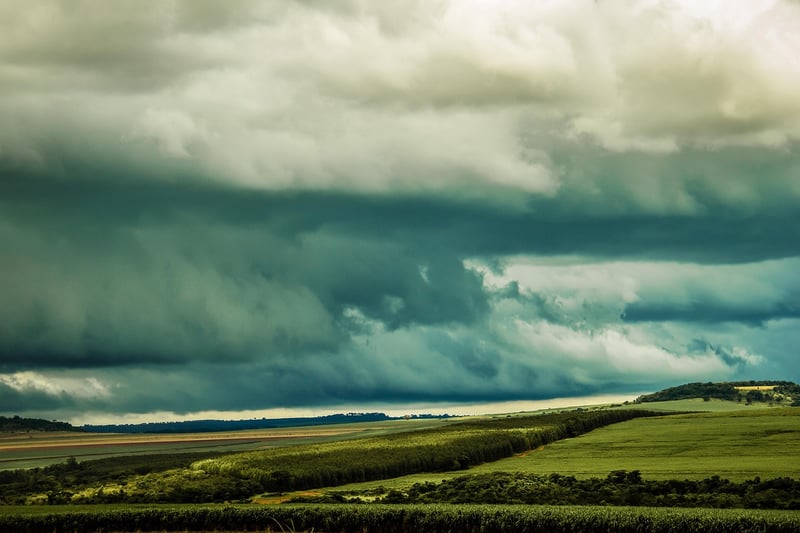Temporal Dangers
The Essential Equipment for Safe Exploration
When embarking on an adventure into the great outdoors, having the right equipment is crucial to ensure your safety. Whether you are hiking through rugged terrain, camping in the wilderness, or exploring remote areas, being prepared can make all the difference. Here are some essential items to consider packing for your next trip:
1. Navigation Tools
Carrying a map, compass, and GPS device can help you find your way in unfamiliar surroundings and prevent getting lost.
2. First Aid Kit
Accidents can happen, so having a well-equipped first aid kit with bandages, antiseptic wipes, pain relievers, and other essentials is essential.
3. Shelter
Carrying a tent, tarp, or emergency shelter can provide protection from the elements in case of unexpected weather changes or emergencies.
4. Water and Food
Staying hydrated and well-nourished is key to maintaining your energy levels and overall well-being. Pack an ample supply of water and non-perishable food items.
5. Clothing
Wearing appropriate clothing for the environment you are exploring, including layers for insulation and waterproof gear, can help you stay comfortable and safe.
6. Multi-Tool
A multi-tool can come in handy for various tasks such as repairing gear, preparing food, or building a makeshift shelter.
7. Light Source
Carry a headlamp, flashlight, or lantern to illuminate your surroundings at night or in dark areas.
8. Fire Starter
Having a reliable fire starter such as matches, lighters, or a fire starter kit can be essential for warmth, cooking, and signaling for help.
9. Communication Device
Bringing a fully charged cell phone, satellite phone, or two-way radio can help you call for assistance in case of emergencies.
Temporal Dangers to Watch Out For
While exploring the wilderness, it's important to be aware of potential temporal dangers that may arise:
1. Weather Changes
Weather conditions can shift rapidly in outdoor environments. Be prepared for sudden changes in temperature, wind, rain, or snow.
2. Nightfall
As daylight fades, navigating becomes more challenging. Plan your activities to ensure you have ample time to return to a safe location before dark.
3. Tides and Water Levels
When near bodies of water, be mindful of tides and water levels that can rise unexpectedly and pose a risk, especially in coastal or riverine areas.
4. Natural Hazards
Keep an eye out for natural hazards such as falling rocks, avalanches, or unstable terrain that could endanger your safety.
By being well-prepared with the right equipment and staying informed about temporal dangers, you can enjoy a safe and rewarding outdoor experience.

 Learn more about outdoor safety tips from AdventureSmart
Learn more about outdoor safety tips from AdventureSmart
